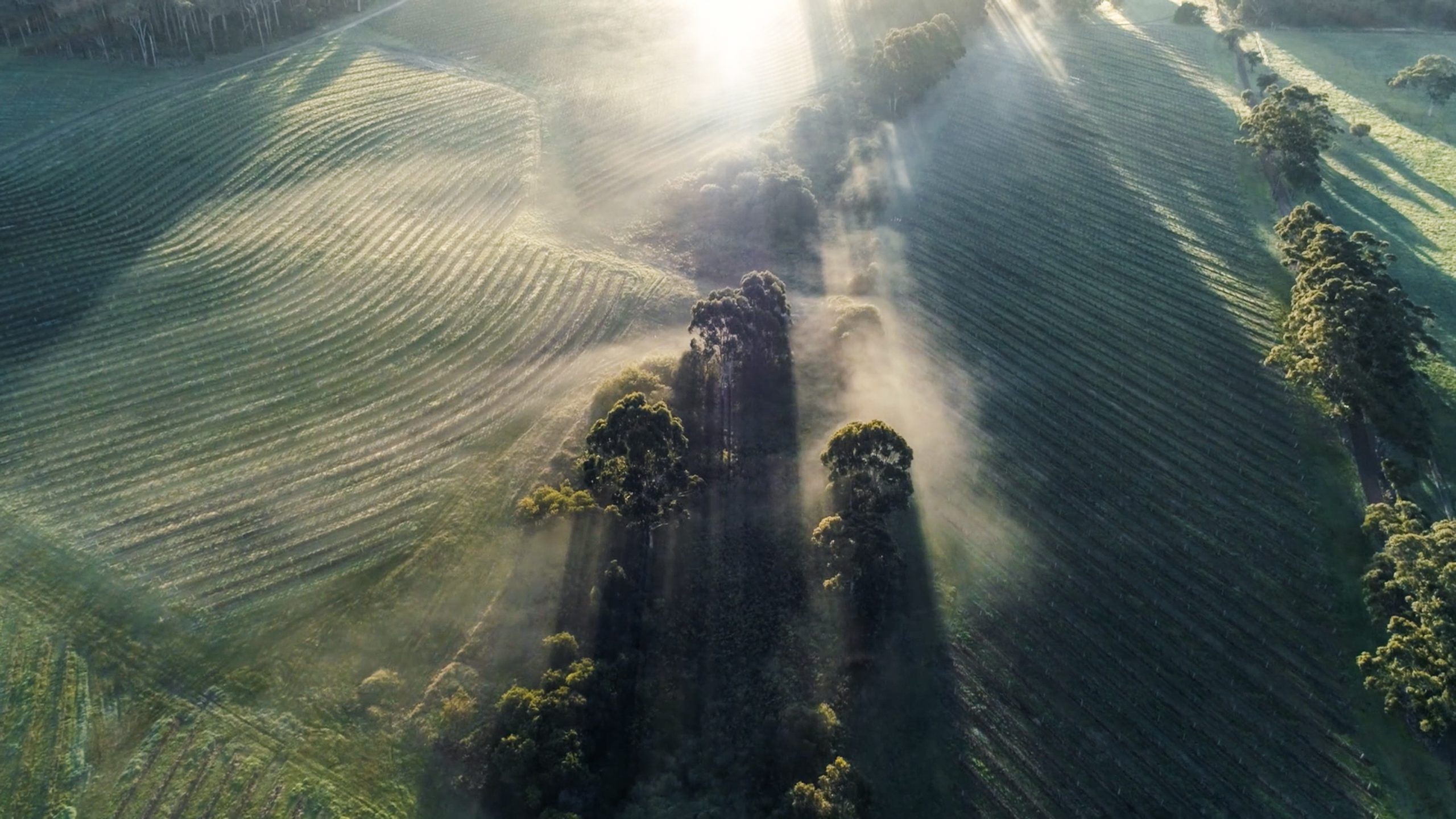Drinks trade commits to tackle calorie labelling by 2022
The Scotch Whisky Association is backing a joint proposal submitted to Brussels by the drinks trade on calorie labelling, which promises to ensure that nutritional and ingredient information will be available on all beer, wine and spirits sold in the EU by 2022.
The proposal promises to implement calorie labelling on all spirits sold in the EU by 2022
It follows a report by the EU Commission last year that invited members of the trade to present a self-regulatory proposal within one year to provide calorie and nutrition labelling on alcoholic beverages, if it wanted to avoid being handed a labelling system.
That decision came after members of the European Parliament backed calls for compulsory calorie labelling on alcoholic drinks in 2015.
The changes will make nutrition labelling mandatory across the board, but within a self-regulatory framework for which the drinks trade will have significant input over, if an agreement can be reached.
The aim is to effectively close a loophole within a previous ruling that came into effect in 2011 which made it mandatory for all foods, including alcoholic beverages, to provide an ingredient and nutrition declaration, but which saw beverages carrying an abv of more than 1.2% exempt.
The proposal, submitted to Commissioner Andriukaitis in Brussels, commits the beer, wine and spirits industries to provide nutrition and ingredient information to consumers by 2022.
Notably, the report addresses the different ways in which spirits are consumed compared with beer and wine, calling for any labelling to reflect a typical serving of that spirits, as opposed to per 100ml, a measure it calls “misleading” for alcohol consumption.
“We firmly believe that the most meaningful way to provide energy on spirits labels is per serving size,” the spirits annexe of the report stated, submitted by Spirits Europe. “To ensure consumers always receive meaningful information, we believe all alcoholic beverages not habitually consumed in 100ml servings should provide energy / nutrition per serving. We will work together with the Commission to further explore these elements.”
For example, while a 100ml per serving would appear to the consumer as 224 calories, compared with 74 for wine and 43 for beer. Spirits Europe has proposed that any labelling going forward relate to a serving size “recognisable to consumers”.
Partner Content
“Any declaration of energy per 100ml would contradict the alcohol sector’s messages on responsible drinking (used for years as part of an effort to educate consumers) and official low-risk drinking guidelines developed by Member States,” the report added. “The official guidelines are invariably based on the consumption of alcoholic beverages in recognisable serving sizes, themselves based on the notion of ‘units’.”
A ‘unit’ of 10g alcohol equates to a 30ml serving of spirit, 100ml of wine and 250ml of beer, corresponding to a calorie intake of 67, 74 and 106 respectively, which Spirits Europe believes would be a more adequate representation.
Off label information, with further information provided online will also be made available, with spirits sector “convinced that the off-label option will appeal to consumers and will provide them with far more information, which they can tailor to suit their personal needs, in a way a label could never manage”.
Plans are being taken forward by Scotch Whisky producers to provide energy information on-label, showing consumers how many calories are in a standard 25ml serving of Scotland’s national drink. A standard 25ml serving of 40% abv Scotch whisky contains 55-56 calories.
“The SWA and the industry want all consumers to enjoy Scotch whisky responsibly,” said Karen Betts, chief executive of the Scotch Whisky Association. “So it’s important that consumers have the information they need to make the right choices that fit with a healthy lifestyle, including on calorie intake.
“We’re very pleased to endorse today’s commitment to provide calorie information on labels, and to report on progress in October 2019. We believe this information should be provided in a format that is easy to understand and linked to serving sizes.”
Many producers, including Diageo, Treasury and ABInBev, have already made promises to provide ingredient and nutritional information on a voluntary basis. This proposal will eventually form the basis of what will become a mandatory requirement imposed upon producers with regards to the dissemination of nutritional and ingredient information.




